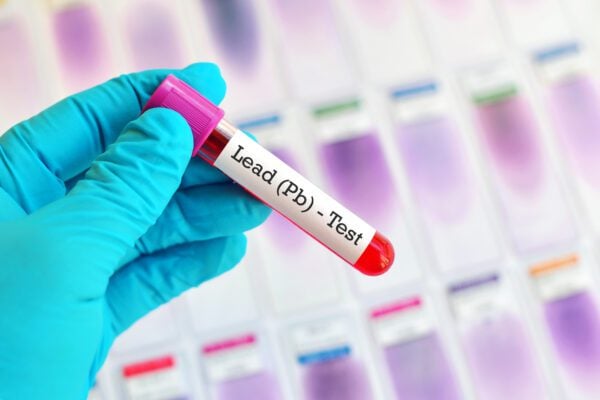By GARRY HOLLAND
Lead exposure is a silent but significant public health challenge in Indiana. Unlike many health risks, you cannot see, smell, or taste lead. Yet, once it enters the body, it can have life-altering consequences particularly for children and expectant mothers.
The danger often comes from everyday surroundings: peeling paint in older homes, contaminated soil in yards and playgrounds or aging water pipes that carry drinking water. Lead dust can even be tracked indoors on shoes or pets’ paws. While invisible, the impact is very real. Prolonged exposure can interfere with brain development, cause speech and learning difficulties and contribute to long-term health issues like hypertension and kidney disease.
Why this matters for Indiana
Indiana has some of the most concerning maternal and child health outcomes in the nation. Communities with older housing, such as Marion County’s Martindale Brightwood neighborhood, face particularly high risks. Many homes in this area were built before 1950, when lead paint was still common. At the same time, families here already face elevated rates of chronic health conditions. Lead exposure is a hidden contributor to these challenges, making prevention and early detection critically important.
A growing community response
What began as a focused school testing program has grown into a much broader community effort. In partnership with Indianapolis Public Schools and several local charter schools, young students are now being screened for lead exposure at earlier grade levels. The Marion County Health Department has also expanded water testing in schools, uncovering and addressing unsafe drinking water sources.
Infrastructure improvements are another key part of the solution. Citizens Energy Group has launched an initiative to replace lead service lines in Martindale Brightwood at no cost for residents. This work reduces exposure risks for entire households and neighborhoods.

Prevention before damage occurs
Perhaps the most important shift in recent years has been recognizing the need to intervene before lead exposure has caused damage. Testing at the kindergarten level often revealed problems too late, after developmental impacts had already occurred. That realization led community partners to focus on prevention, especially for expectant mothers and very young children.
With support from Anthem Blue Cross and Blue Shield and the Marion County Health Department, local organizations began offering free, on-site lead testing at community baby showers. These events help pregnant women and families with children under two learn their risk levels early and take protective steps.
Nutrition as a powerful tool
Another innovative part of the response is nutrition education. Certain foods can help the body block or reduce the absorption of lead. Working with food pantries such as the Edna Martin Christian Center, families are learning how to prepare meals that maximize these protective nutrients. Cooking demonstrations show how to preserve the lead-fighting qualities of these foods, giving families practical ways to improve health outcomes and safeguard their children’s development.
How families can take action
The good news is that testing and prevention resources are widely available. The Marion County Health Department provides no-cost testing for children under six and expectant mothers. Talking with a primary care physician is the best place to start, as providers can guide families to appropriate testing and follow-up care if needed.
Simple steps can make a lasting difference: ensuring your home is tested for lead, replacing or repairing areas with peeling paint, using cold water for drinking and cooking to reduce lead exposure, and paying attention to nutrition.
Looking ahead
Indiana has made meaningful progress. More children are being tested earlier. More families are learning how to use nutrition as a protective tool. More homes and schools are being safeguarded through infrastructure improvements. But the work is far from finished.
Every child deserves the chance to grow up free from preventable health risks. Every parent deserves to know their home is safe. By continuing to expand testing, strengthen education, and invest in infrastructure, Indiana can lead the way in protecting its families from the dangers of lead.
Protecting children today means building healthier schools, stronger neighborhoods, and a brighter future for Indiana tomorrow.
Garry Holland is the lead program director for the Recorder Charities and the former education chair of the NAACP-Greater Indianapolis Branch.



